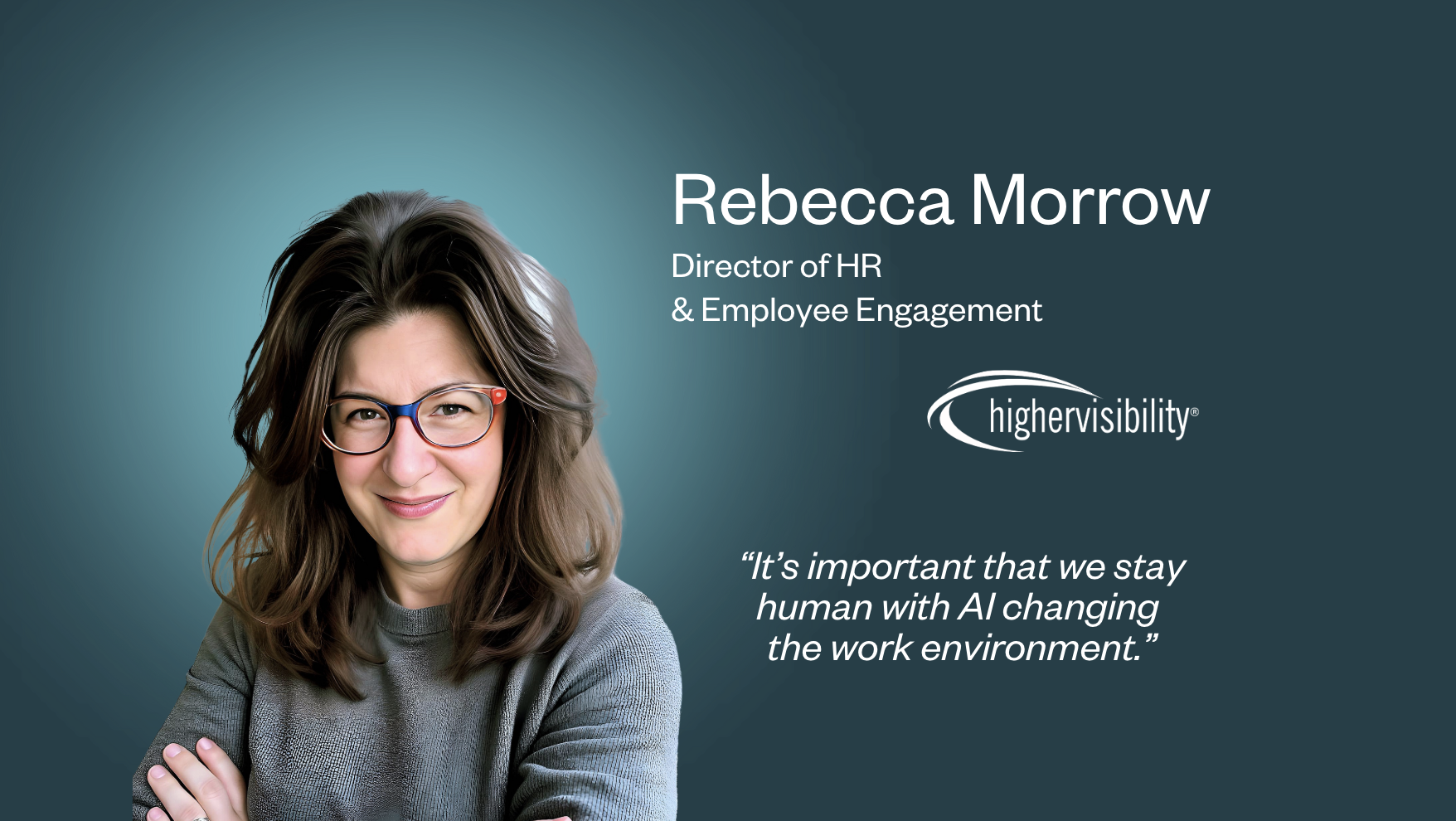Only 4% of working people never feel burnt out. It sounds shocking, but considering burnout costs global businesses $322 billion annually, an impact on 96% of people at least sometimes makes sense.
It’s a huge topic right now, but what actually is burnout?
According to the World Health Organisation (WHO):
“Burnout is a syndrome conceptualized as resulting from chronic workplace stress that has not been successfully managed. It is characterized by three dimensions:
- feelings of energy depletion or exhaustion;
- increased mental distance from one’s job, or feelings of negativism or cynicism related to one’s job; and
- reduced professional efficacy.”
Burnout is so much deeper than feeling exhausted or stressed at the end of a project or a long week. Chronic workplace stress is often institutional, becoming widespread in organizations that promote ‘hustle culture’, unnecessarily long hours, and presenteeism.
There’s a huge gap between working to get the job done and ‘working’ to be seen. If you want to avoid the burnout epidemic, the first thing that needs to go is inflexibility.
How can you ensure you’re not promoting presenteeism?
Practice what you preach
A major cause of burnout is a perceived lack of time to do everything; the impossibility of working a full time job and managing your personal life. Too many CEOs talk about work/life balance in their company values, citing ‘flexible’ working in job ads, yet visibly work late nights and weekends, subconsciously applying pressure to their teams to do the same.
Senior leaders should embed a culture of flexibility by loudly leaving the office early once in a while, talking about attending your kids’ sports day, and scheduling any non-urgent emails written out of hours to send the next morning. That way, when your people next have a personal errand, they know they’re allowed to run it without judgment.
Encourage taking leave (and sick days!)
Taking breaks is a good thing, and needs to be encouraged. When people don’t take vacation days, stress levels rise and innovation and productivity drop. It’s another huge cause of burnout.
The same goes for sick days. It’s one thing carrying on with a cold, but when a major illness hits, rest and recuperation is necessary to recover. Encouraging your team to take sick days isn’t just ‘the right thing to do’, it actually gets them back to full health – and full productivity – far quicker than if they try and power through.
People avoid taking time off for a number of reasons, most of them cultural. Feeling you’ll fall behind, not trusting colleagues to pick up the slack, or expecting a poor reception from your manager. There must be a shift to both sickness and vacation days as the norm, and not villainized.
Again, this starts from the top. Put policies in place that encourage people to take their vacation days, coach management on encouraging their teams to look after themselves when they need to, and make sure leaders take leave too. Change the narrative on time off. You won’t lose productivity, you’ll lose presenteeism.
Develop confident, self-aware teams
When your people are confident, competent, and comfortable in their ability to perform, they find setting boundaries and organizing their time easier. And with boundaries comes the confidence to take a break when you’re feeling overwhelmed, log off early to make that last minute appointment, and communicate when you’re overstretched. All of which make businesses more efficient and effective.
Self-awareness is a challenging skill to hone. A great place to start is in developing a coaching culture. By making coaching available to everyone in your business, you’re giving your people the best opportunity to understand what they need to thrive, and to articulate their needs when facing a challenge.
Coaching also develops resilience; your people will become significantly more adept at bouncing back from tough situations, again boosting productivity and engagement.
High engagement leads to high-performance
Coaching enhances performance and development by establishing tools and frameworks to overcome challenges. Coaches work with your people to unlock their potential, and drive performance by focusing on specific individual and business goals. And when your people are successful, your business thrives.
Ready to supercharge your teams? Get in touch today.



